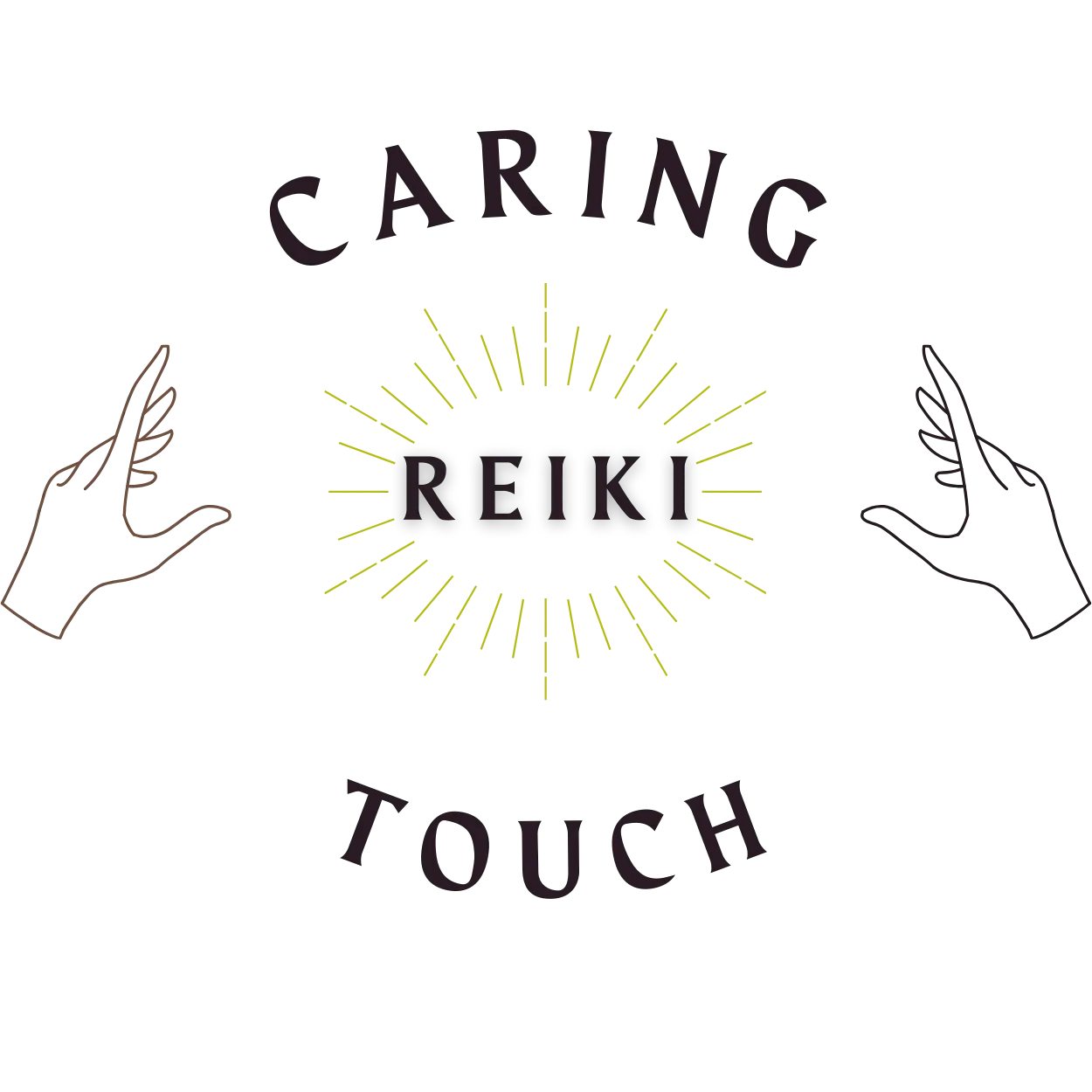In recent years, there has been a growing interest in reiki therapy as a complementary approach for managing chronic pain.
Many individuals suffering from conditions such as back pain or acute pain have turned to this form of therapy, seeking relief from both physical discomfort and associated emotional challenges like depression and pain symptoms.
The application of reiki involves the channeling of healing energy through the practitioner’s hands, which can lead to a notable decrease in pain and a profound sense of relaxation.

Research conducted by institutions such as the international center for reiki training has aimed to investigate the effect of reiki on pain and anxiety. Findings suggest that reiki therapy may be effective for pain and anxiety, offering a natural, non-invasive alternative to traditional treatments.
The practice of biofield therapies like reiki can complement other techniques, such as massage therapy, to enhance overall well-being. Many individuals report a significant reduction in pain and fatigue after having received reiki, highlighting the potential of this natural healing method.
Furthermore, the reiki practice emphasizes the importance of mindfulness and relaxation, which can positively impact mental health. As more people seek holistic solutions, it is crucial to recognize that reiki and sham reiki differ, and understanding these distinctions can help individuals make informed decisions regarding their therapy for pain and overall health. By incorporating touch therapies like reiki into their wellness routines, individuals may find a renewed sense of hope and healing.
What is Reiki Therapy and How Does it Work?

Reiki therapy is a holistic approach that aims to promote healing by channeling energy through the practitioner to the recipient. This gentle practice is particularly noted for its effectiveness in addressing pain and anxiety. Many individuals have reported a significant decrease in pain and tension throughout their bodies after a reiki therapy session. Research indicates that evidence to suggest that reiki can positively influence the perception of pain, whether it be chronic or acute.
The practice of reiki may help to reduce pain by promoting relaxation, which in turn may alleviate stress-related symptoms. For instance, patients who received reiki have shown improvements in their overall well-being, particularly in managing pain and anxiety in women. As you prepare for your first reiki session, understanding its benefits can enhance your experience and contribute to a more profound healing journey.
According to the international association of reiki professionals, incorporating reiki therapy on pain can be an effective approach for those experiencing an increase in pain. The practice not only serves as a complementary treatment for pain but also fosters a sense of peace and balance, ultimately enhancing the quality of life for many individuals.
Understanding Reiki Energy and Its Healing Properties

Understanding Reiki energy and its healing properties can be a transformative journey for many.
Reiki is considered an effective approach to therapy on pain and anxiety, providing a soothing experience for those struggling with both acute and chronic conditions. During a reiki therapy session, trained practitioners aim to facilitate the flow of healing energy, allowing it to flow freely and help provide pain relief.
Preparation for your first reiki treatment is essential, as it helps to set the stage for effective reiki healing. Many have reported that real reiki can significantly reduce discomfort, making it a valuable addition to the study of pain.
Preparation for your first reiki treatment is essential, as it helps to set the stage for effective reiki healing. Many have reported that real reiki can significantly reduce discomfort, making it a valuable addition to the study of pain.
Practitioners often send reiki energy to their clients, and the subsequent experience can be deeply relaxing. The first reiki treatment may leave you feeling rejuvenated and more in tune with your body, as reiki is meant to support overall well-being.
It is important to look at reiki as a complementary therapy, rather than a replacement for conventional medicine. Those who are trained in reiki often emphasize its role in enhancing emotional and physical health. As more individuals seek out this ancient practice, the understanding of how reiki can assist in managing pain and anxiety continues to grow, making it a valuable resource for many.
What Are the Benefits of Reiki for Chronic Pain Management?
Reiki is increasingly recognized as an effective approach for managing chronic pain, providing individuals with a holistic alternative to traditional pain relief methods.
This gentle practice focuses on energy healing, promoting relaxation and reducing stress, which can significantly impact the perception of pain. Many people have reported that after receiving reiki sessions, there has been a noticeable decrease in their pain level, leading to an improved quality of life.
Furthermore, the calming effects of reiki can enhance the body’s natural healing processes. By fostering a deep state of relaxation, it helps to alleviate tension in both the mind and body, which can contribute to a reduction in chronic pain symptoms.
Individuals often find that regular reiki sessions not only assist in managing their pain level but also promote emotional balance and overall well-being.


Stress builds inside of us, and we are all in need of self-care. There is no denying our stress. Please don’t feel guilt in longing for self-care. Without taking care of ourselves, we cannot properly achieve our goals, nor give full love and care to others.
Please visit my site or send me a message should you wish to learn more. Thank you for spending your time with me.
elizabeth@caringtouchreiki.com

